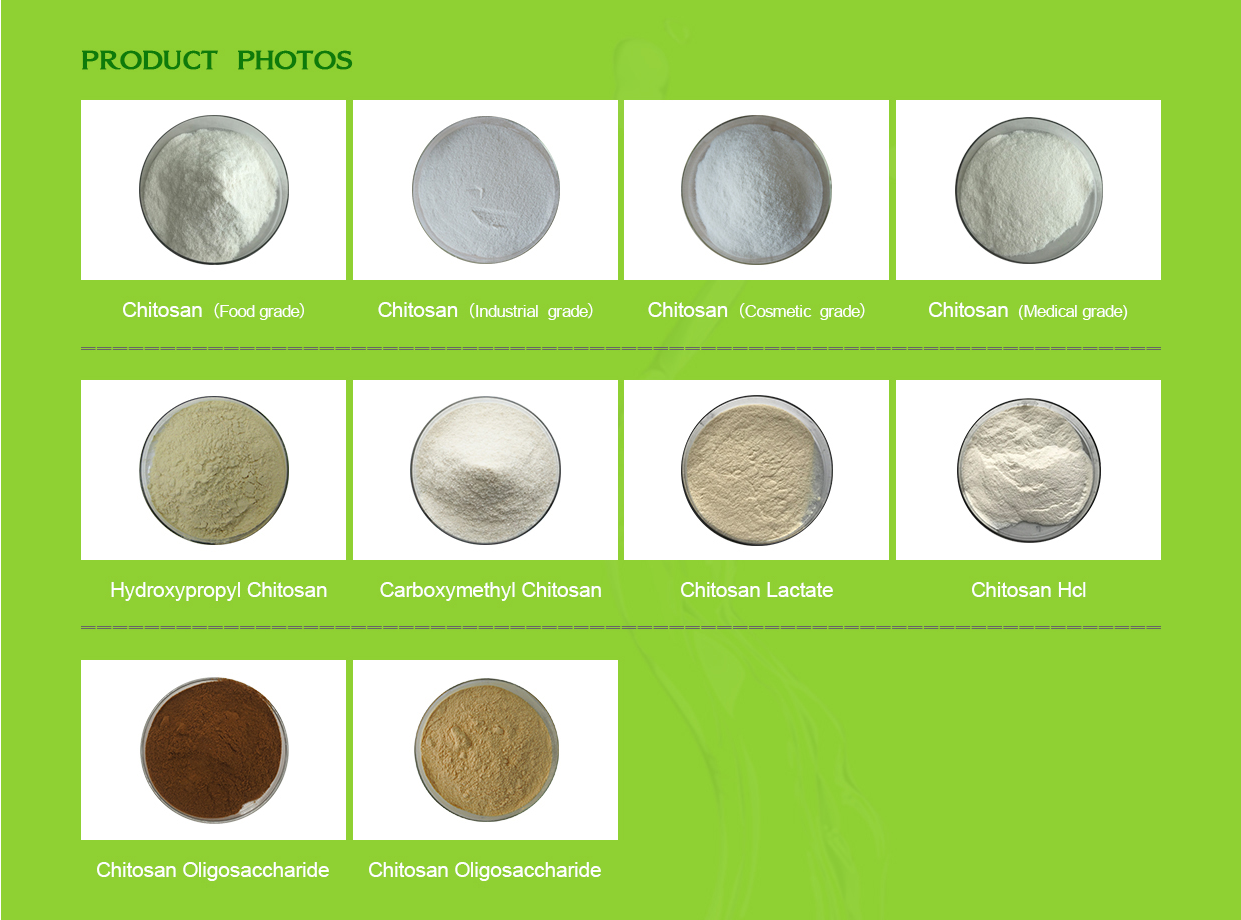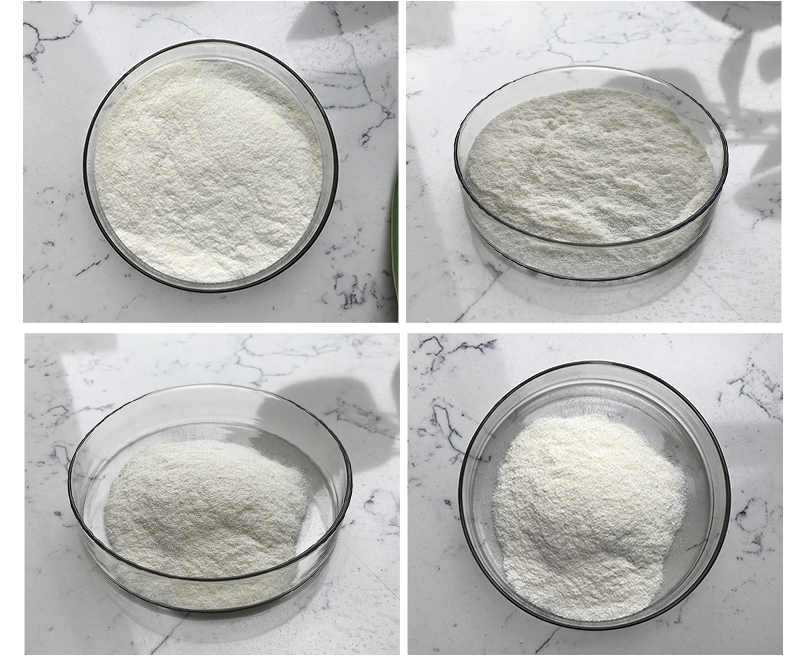Chitosan is a biopolymer derived from chitin, which is primarily found in the exoskeletons of crustaceans like shrimp and crabs, as well as in some fungi. It is commonly used in a variety of applications, including biomedicine, agriculture, food preservation, and wastewater treatment. Its properties and stability are important factors for its effectiveness and versatility. Here’s an overview of the key properties and stability considerations for chitosan:
Properties of Chitosan:
1.Chemical Structure:
- Chitosan is a polysaccharide made up of glucosamine (GlcN) and N-acetylglucosamine (GlcNAc) units, linked by β(1→4) glycosidic bonds.
- The degree of deacetylation (the proportion of glucosamine units compared to N-acetylglucosamine units) significantly influences its properties.
2.Biodegradability:
- Chitosan is biodegradable, which makes it environmentally friendly. It can be broken down by enzymes like chitosanase, which are found in some microorganisms.

3.Biocompatibility:
- Chitosan is biocompatible, making it suitable for biomedical applications like drug delivery, wound healing, and tissue engineering. It is also non-toxic to humans in low concentrations.
4.Solubility:
- Chitosan is insoluble in neutral and alkaline conditions but becomes soluble in acidic environments (pH < 6.0). This solubility is due to the protonation of its amino groups at lower pH, which makes it positively charged.
5.Antimicrobial Activity:
- Chitosan has been shown to have antimicrobial properties, making it useful in food preservation and in developing antibacterial coatings for medical devices.
6.Film-Forming and Gel-Forming:
- Chitosan can form films and gels, which are useful in packaging, controlled drug delivery systems, and wound dressings.
7.Adsorption Capacity:
- Chitosan has excellent adsorption properties due to its amino groups, making it useful for water purification and heavy metal ion removal.
8.Chitosan Derivatives:
- Chitosan can be modified chemically to enhance its properties, such as solubility, mechanical strength, or specific functional properties. Common derivatives include chitosan oligosaccharides, quaternized chitosan, and chitosan nanoparticles.

Stability of Chitosan:
1.Thermal Stability:
- Chitosan is relatively stable at room temperature but may degrade at higher temperatures (>200°C), particularly due to the degradation of the glycosidic bonds and loss of moisture.
2.pH Sensitivity:
- Chitosan’s solubility and stability are pH-dependent. In acidic conditions, it remains soluble, while at higher pH values, it becomes insoluble and can precipitate. This is important for its use in drug delivery systems, where pH-triggered release can be achieved.
3.Degradation Under Biological Conditions:
- Chitosan can degrade in biological environments, particularly through enzymatic action. This is beneficial for biomedical applications, where the polymer can be designed to degrade over time in the body.
4.Moisture Sensitivity:
- Chitosan can absorb water, which can affect its mechanical properties and stability. It’s important to store chitosan-based materials in dry conditions to maintain their integrity.
5.UV Sensitivity:
- Chitosan is sensitive to ultraviolet (UV) light, which can cause degradation over time. This is important when using chitosan in applications exposed to sunlight.
6.Chemical Stability:
- Chitosan is stable to many chemicals, but strong acids or alkalis may cause degradation or hydrolysis of the polymer. Its stability in various solvents is dependent on the molecular weight and degree of deacetylation.
Enhancing Chitosan Stability:
- Crosslinking: Crosslinking chitosan with other molecules (e.g., glutaraldehyde, genipin) can improve its stability, particularly in aqueous environments. Crosslinked chitosan is less susceptible to solubility changes and has enhanced mechanical properties.
- Modification: Chemical modifications, such as the formation of chitosan derivatives, can improve its solubility, stability, and functionality. For example, introducing quaternary ammonium groups to chitosan can improve its antimicrobial activity and water solubility.

Applications Influenced by Stability:
- Biomedical Applications: Due to its biocompatibility, biodegradability, and controlled degradation under physiological conditions, chitosan is commonly used for drug delivery, wound healing, and tissue engineering.
- Food Industry: Chitosan’s antimicrobial properties and ability to form edible coatings make it useful for food preservation.
- Environmental Applications: Chitosan’s adsorption properties make it effective for removing pollutants from water, particularly heavy metals and dyes.
In summary, chitosan’s properties and stability are influenced by factors like degree of deacetylation, pH, temperature, and moisture content. When these factors are controlled, chitosan can be tailored for a wide variety of applications, ranging from healthcare to environmental protection.
